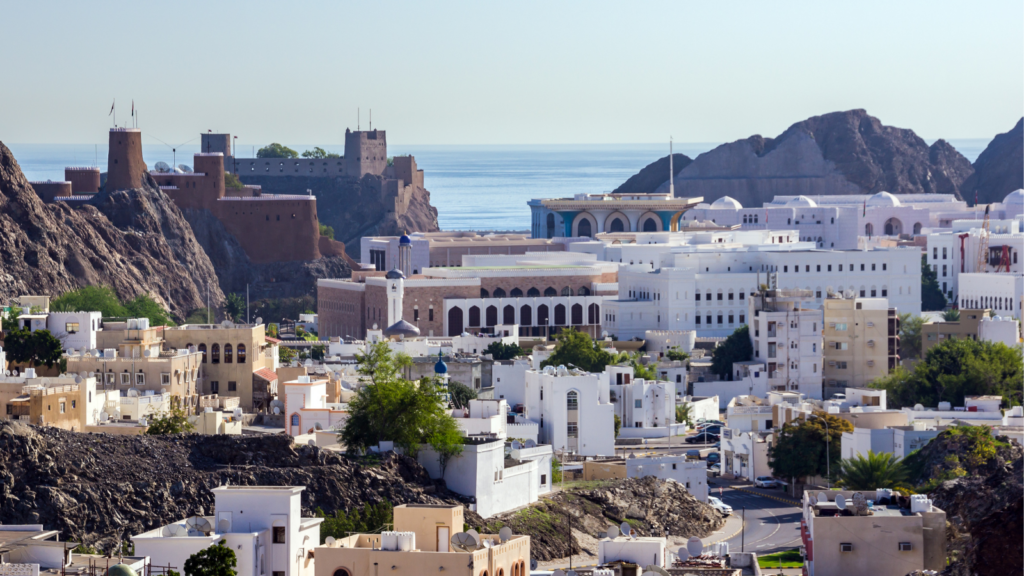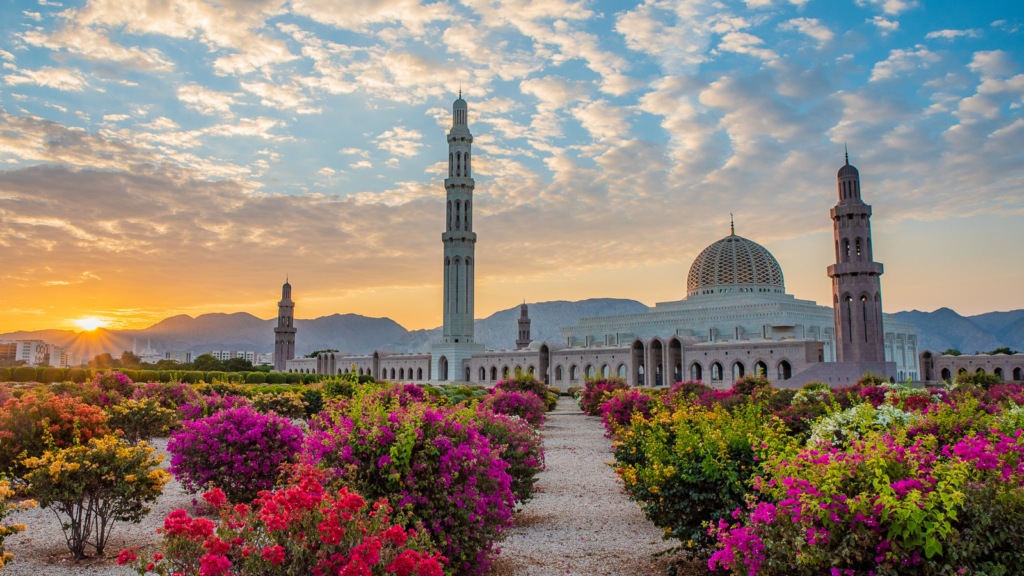Evolving Urban Mobility in Oman
Getting off the highway and onto the bus in Oman
The 15-minute city is “an urban planning concept in which most daily necessities and services, such as work, shopping, education, healthcare, and leisure can be easily reached by a 15-minute walk, bike ride, or public transit ride from any point in the city.” The concept has grown in popularity since the COVID-19 pandemic and in response to the increased urban challenges posed by climate change.
One major benefit is its potential to reduce car dependency, leading to lower fuel emissions and air pollution. But can this be applied in countries and cities built with decentralized urban models, and worsening climate conditions?
The Sultanate of Oman has undergone rapid transformation since 1970, beginning with the period termed the “Renaissance” defined by the ascension of His Majesty Sultan Qaboos to the throne. This modernization effort spurred urbanization in what had been a largely rural society.

However, due to topographical limitations combined with high population growth, this urban development followed a car-centric model, leaving Omanis with limited development of public transportation infrastructure.
From the 1950s to Now: Oman as a Car-Centric Country
Before 1970, Oman’s rural landscape was shaped by a decentralized network of small towns, each connected by organic routes.
During the Renaissance, the country saw rapid development, particularly within the larger Muscat area. From 1970 to 2001, Oman’s population grew by more than 200%, intensifying the need to establish a clear plan for the expansion of the city and connecting the growing villages in the Muscat region.
To address this question, a feasibility study was conducted in the 1970s and concluded that the natural topography had led to an overcrowded urban layout that limited car integration, and the city’s expansion would need to be focused on other areas.
As a result, the decision was made to expand the city’s development westwards towards the airport. Today, the city is connected from east to west by the Sultan Qaboos Highway, a central artery connecting the city’s numerous neighborhoods. Given that the goal of this expansion was intended to accommodate cars, modern Muscat’s urban planning differs greatly from the denser and more organic layout of old town Muscat.
This approach worked well until the 1990s. Increasing car ownership and access, combined with Muscat’s geographical constraints and rising land prices, pushed people to move to more affordable towns and commute to the city.

Today, cars dominate Muscat, and public transport remains limited. Personally, I don’t know anyone who regularly uses the bus, as the lack of last-mile solutions makes driving a more convenient option for most people.
The Ministry of Transport is currently developing the Green Mobility Strategy 2025-2028, which aims to enhance public transport routes, introducing diverse mobility options and better connecting the city. As we wait to see how these plans develop, a key question arises: Could building entirely new spaces be a sustainable solution?
The Path Forward: Mobility Solutions in Oman
People in Oman tend to have the idea that Dubai, the hyper-manufactured city of the United Arab Emirates (UAE), is the development ideal. Some believe that if we don’t have a metro that’s suspended in the air and passing through futuristic-looking stations, then it’s not worth doing. This points to another challenge: Building a collective vision of the future. Where are we going? Rather than looking at what others have, we should ask ourselves what future we want to create. Dubai’s history and vision is a different story than ours, so, our solutions should look different too.
Rather than looking at what others have, we should ask ourselves what future we want to create
Oman’s Vision 2040 proposes the development of several “sustainable” cities, including the largest, the Sultan Haitham City (SHC). SHC is to be created following a holistic approach. Further, it is being marketed as a place for all Omanis, with housing affordability supported by partnership with local banks and some 5% of the units being earmarked for housing assistance. The construction only began in February 2024, and we have yet to see how these plans will come to fruition. Still, we are headed in a promising direction.
Ironically, in taking a holistic approach to city planning, we have designed a model that returns to organic community growth reflected in the close-knit villages our country has grown from. We have seen that dispersed cities struggle with a lack of social cohesion, and with upcoming plans in Muscat and the country at large, I hope that we are working towards building the connections, literally and figuratively, that, ultimately, is the goal at the heart of urban mobility system design.